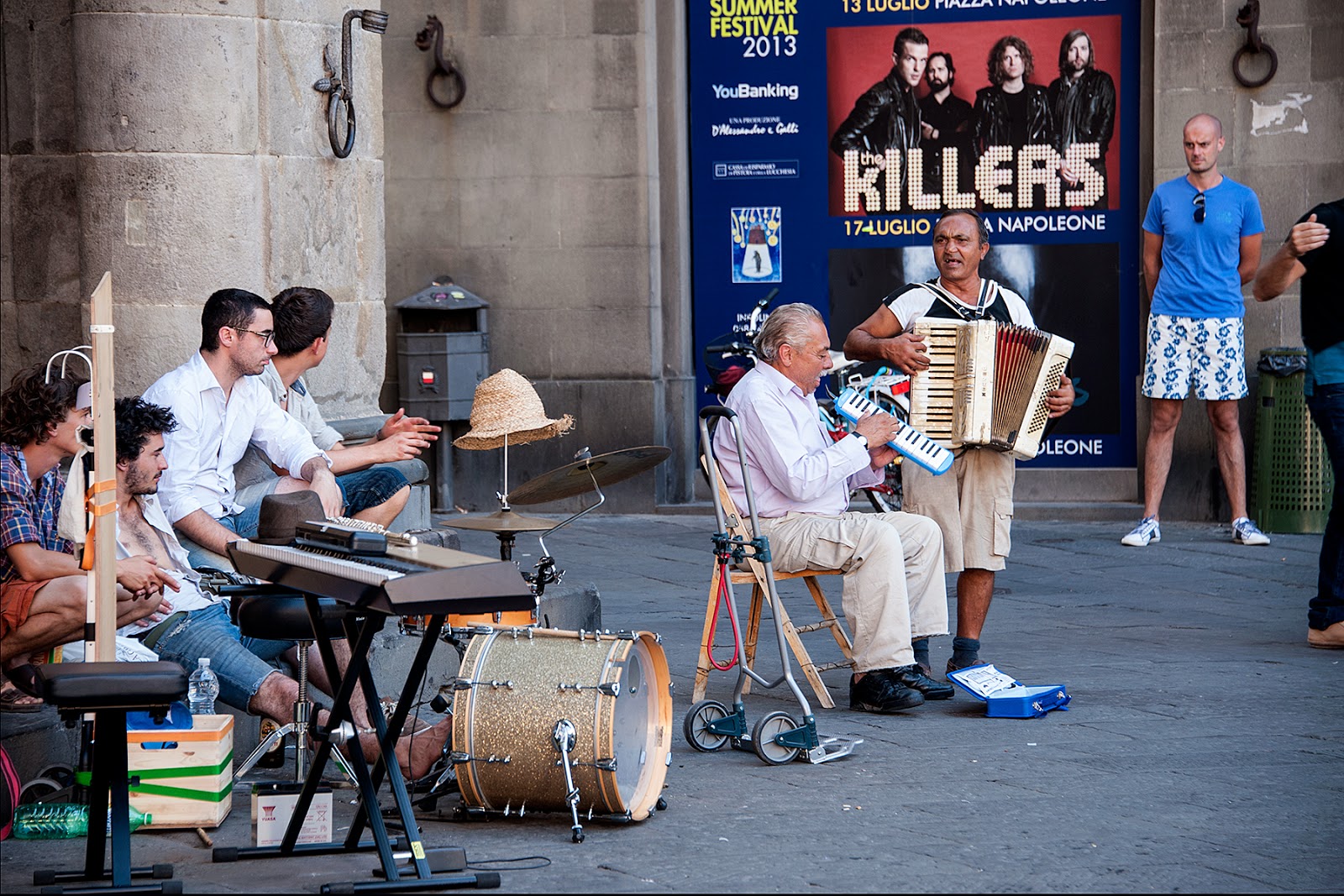The view east from Bairoil, Wyoming.
(Click images to view larger)
Through history people have lived around the margins of
endorheic basins. Some are filled
with water, like the Aral Sea in Central Asia, while others are seas of dunes,
like the Tarim Basin in Western China, once an obstacle that split the Silk Road into two routes to avoid the Taklimakan Desert (rough English translation: If you go in, you won't come out), that occupies its interior. The Taklimakan is so dry that natural mummies, so well preserved despite their 3000+ years that you can
look into their faces and imagine them alive, sometimes emerge from the sand. Some have red hair and blue eyes, immigrants
to China from Europe.
Tuyuguo, a still-occupied town on the margin of the Taklimakan Desert.
Endorheic is a technical term that describes places with no
external drainage—rain that falls in these basins doesn’t find its way to the
ocean, instead evaporating in place or seeping into groundwater. Death
Valley, famously hot and below sea level is endorheic.
Wyoming’s Great Divide Basin (GDB), another endorheic basin,
is not so well known or so well protected, and many people don’t know that the
Continental Divide splits around it after descending from the Wind River
Mountains to its north. In all, it
occupies about 3,900 square miles of mostly BLM land, with significant areas
owned by ranchers, leased by energy companies, or occupied eccentrically (or
creepily if that’s a word) by a handful of desert dwellers.
Were it not for energy extraction, there would be little
reason for most people to live near this harsh place. It shares Wyoming’s howling wind and frigid
winter with the rest of the State, but none of its spectacular mountains,
though the Ferris, Green, and Wind River ranges are visible from within. Around the margins are ephemeral towns that
come and go with the fickle energy market:
Wamsutter, Lamont, Bairoil, and Jeffrey City. A few larger and more permanent towns occupy
sites along the Union Pacific Railroad to the basin's south: Rawlins and Rock Springs are the largest.
I’ve photographed in and around the GDB for years, usually drawn
to abandoned houses in the interior or wild horses that live there, or to desert
places like the Honeycomb Buttes, but in January Ed Sherline and I left Laramie to have a look at some of these towns, each with its own
character, and all temporary.
I doubt that any have the staying power of China’s Silk Road
towns, still present all of these thousands of years after they were
established.
Jeffrey City is perhaps the most “famous” of the GDB towns among
ghost town aficionados and in the boom-bust history of the West, though it isn’t
truly a ghost town; 50-100 people still
live here. In summer, cross-country cyclists
stop for a meal and a place to sleep after pedaling across this particularly empty
stretch of Wyoming. In winter, snow
drifts into abandoned townhouses and dormitories built to house workers during
the uranium boom in the late 1970s. A church, a bar, and a potter's shop are still used, but most other businesses as well as a modern brick building housing and Olympic-sized swimming pool are closed up tight.
Bachelor Apartment #2. Jeffrey City, Wyoming.
Ed and I skirted the eastern and northern margins of the GDB
on a snowy, grey, windy day, stopping in Lamont and Bairoil before finding a campsite at the little-used Jeffrey City landfill in Crook's Gap, chosen not for
aesthetics, but because it occupies a drainage perpendicular to the prevailing
wind. We woke before dawn, made coffee,
packed our frozen and unwashed dinner dishes, and headed back north to
photograph Jeffrey City in the dawn light. Then, like many before us we drove away.
Grandma's Cafe (then "Anelope" [spelling correct] Cafe), Lamont.
Trailer, Lamont, Wyoming.
Trailer, Lamont.
Well pipe, Bairoil, Wyoming
International truck. Bairoil.
Truck interior, Bairoil.
International truck door. Bairoil.
Baptist Church. Jeffrey City, Wyoming.
Hair, Etc. Jeffrey City Quonset hut.
Green Mountain Bus Lines. Jeffrey City.
Volkswagen with no volks. Jeffrey City.
Trailer and town homes. Jeffrey City.
Not town home. Jeffrey City.
GMC truck interior. Jeffrey City.








































